Opisthotonos Posture : Cause, Symptoms, Treatment
Table of Contents
What is Opisthotonos?
Opisthotonos is the term that used for an abnormal posture that can be seen when the muscles in your neck, back, and legs are become in severe spasm / spastic and contract. These severe form of contractions cause your body to bend backward into a rigid arch, with your head pointing toward your feet.
Opisthotonos is not a disease or condition, but a symptom of many different serious health disease or conditions. However relatively rare condition and It is usually a symptom of severe neurological conditions that are life threatening and require emergency medical treatment.
Definition :
Opisthotonos derived from Greek work where opistho means Behind whereas tonos meaning tension, is condition of a severe muscle spasm or spasticity in which an individual’s head, neck and body enter into arching position.
This hyperextended posture is an extrapyramidal effect and is caused by spasticity of the axial muscles with the spinal column. It is seen mostly in severe form of cerebral palsy and traumatic head injury or tetanus where severe muscular spasm are associated.
What Are the Causes of Opisthotonos?
Opisthotonos can be a symptom of several neurological conditions, these are :
Brain Infections related condition eg. tetanus, rabies, encephalitis, meningitis, malaria, and syphilis.
- Severe form of cerebral palsy in which spasticity is in neck, back, and legs are become in severe.
- Traumatic Brain Injury.
- Overdose of Drugs that Damage the Brain mainly are phencyclidine, lignocaine, methoxphenidine, and propofol.
- Meningitis: When an infection causes inflammation of the Brain tissues that surround the brain and spinal chord. The majority of cases are mostly viral, but bacteria and fungi infection can also cause the meningitis.
- Genetic Diseases eg. Gaucher disease, Krabbe disease, and maple syrup urine disease.
- Hydrocephalus or hemorrhagic stroke where excess fluid cause Pressure on the brain.
- Poisoning effect seen mainly in lithium intoxication. Also seen in side effect of phenothiazines, haloperidol, and metoclopramide, strychnine poisoning and prussic acid (hydrogen cyanide) poisoning.
- Also associated with decerebrate posture, oculogyric crisis, and severe form of cerebellar syndrome.
- Bilirubin encephalopathy, or kernicterus is a brain dysfunction that can potentially cause irreversible brain damage. Newborns and adults with all-ready liver conditions have a higher chance of bilirubin encephalopathy.
- Krabbe disease is an inherited condition that mostly affects infants, young children, and young adults. The main causes are loss of muscle control and seizures that do not respond to treatment and can lead to premature death.
- Brain tumor where an abnormal, often uncontrollable tumor growth that can put pressure on the brain tissues and disrupt function.
Epidemiology
Opisthotonus is a rather uncommon condition. It is a symptom that can appear in a wide range of illnesses. It can harm newborns (for example, neonatal tetanus), children, and adults.
There is no preference for one gender over another. In the younger age range, it is really difficult to diagnose. Because opisthotonus is neither a condition nor a disease, its frequency, and prevalence are unknown.
What Are the Symptoms of Opisthotonos?
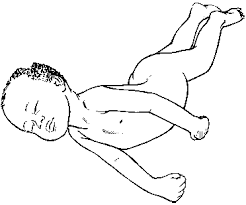
The arched, extended Neck and Back-abnormal posture is the main sign of opisthotonos.
Patient with opisthotonic posture will form a stiff “C” shape with their neck and spine of the Bodies are in extended. Their necks and backs will be bent backward with their head pointing toward their feet.
Since opisthotonos is a sign of other health condition, people with the condition can have a variety of other symptoms depending on the cause.
Other associated symptoms that mostly seen in opisthotonos are:
- Fever
- Intense muscle pain
- Sever from of Spasticity or Rigidity
- Severe muscle spasm in full body mainly due to tetanus
- Muscles Become Fatigue
- Difficulty in eating or drinking
- Fast or irregular heartbeat
- Dilated pupils
- Excessive sweating
- Irregular Blood pressure
- Loss of Balance
- Loss of movement control
- In co-ordinated movement
- Difficulty in Breathing
- Vomiting
- Seizures
Differential Diagnosis
Following list of condition in which Opisthotonus Posture mostly seen, To differentiate with other condition Differential Diagnosis is Helpful for proper Diagnosis if there is Opisthotonus Posture is a symptoms.
- Airway obstruction
- Meningitis
- Encephalitis
- Cerebral malaria
- Dystonia
- Athetosis
- Cerebral hemorrhage
- Catatonia
- Brain tumor
- Head & Neck injury
- Overdose of Drugs
- Decerebrate posture
- Tetanus
- Rabies
- Tay-Sachs disease
- Cerebral palsy
- Severe head injury
- Seizures
- Glutaric aciduria type 1
- Kernicterus
- Meningoencephalitis
- Strychnine
- Hysteria
- Arnold-Chiari malformation type 3
- Hereditary methemoglobinemia, recessive, type II
- Perinatal hypophosphatasia
- Phenothiazine, Perphenazine
- Antenatal infection
How Diagnosis of Opisthotonos Done?
Your Physician can perform a physical examination to diagnose the muscle spasm and contractions that cause opisthotonos posture. Also take History about cause to patient or Family member if patient is infant.
Diagnosis is mostly difficult in infants and young children if they are crying during examination or have developed other muscle spasticity.
Finding the underlying cause will require other tests and Images scan. Depending on your other symptoms, your
Physician might want to perform various :
- complete blood and urine tests
- magnetic resonance imagining (MRI) of the brain
- electrolyte tests
- lumbar puncture (spinal tap)
- cerebrospinal fluid (CSF) culture test
- computed tomography (CT) scan
When to contact Doctor?
If you see anytime severe muscle spasms occur, Emergency Medical treatment are require. Opisthotonos is counted as a serious medical condition and is associated with life-threatening health related complications.
Symptoms that may accompany opisthotonos and require emergency care include:
- Difficulty breathing
- swallowing Difficulty
- Increased heart rate
- an increased tone in the fingers and toes
- stiff extended jaw, neck, and abdominal muscles
- Uncontrolled pain and soreness in the neck, shoulders, and muscles that surround the spine
- high fever
- convulsions
- uncontrollable vomiting
- reduced alertness or response time
- dilated pupils or difficulty in vision
- extreme and unexplained exhaustion
Because it mostly affects infants and young children, these symptoms may be harder to understand. Uncontrollable and continuous crying with extended body posture may be a sign of opisthotonos.
Children may sleep more than regular but are restless, continually waking to adjust or find a more comfortable position.
Treatment :
Treatment mainly are Medical Treatment, Surgical intervention, and Physiotherapy if require.
Treatment depends mainly on the Diagnosis, Cause, and symptoms of opisthotonos. The most Common treatment are:
Medicine For Bacterial infections mainly Antibiotics are commonly prescribed by Doctors such as meningitis and tetanus. Antibiotics are also used to prevent infection or further bacterial infections after post-surgery.
Pain Relieving medications, Muscle relaxants, and Anti-spasticity Drugs with increased fluid intake, and rest are advised by doctors for most cases, mainly in viral infections, such as meningitis.
Intravenous fluids are mostly started in severe cases and to relieve bronchodilator overdoses.
Emergency Brain Surgery is often required in cases of accidental trauma, Hemorrhagic, and Chiari malformation to relieve pressure on the brain mainly in Hemorrhagic stroke.
Antitoxin injections or drugs are mostly used by Doctors to those who diagnose tetanus to control excess tissue damage associated with severe infection.
Admitted to ICU (Ventilator and oxygen) for a few days when breathing is limited, labored, or difficult.
Physiotherapy treatment:
Physiotherapy treatment mostly depends upon the Cause, symptoms, and Diagnosis of the condition.
The most common Physical therapy in opisthotonos posture related are
- Correction of Posture
- Try to remove the Cause
- Spasticity / Muscle Spasm Management
- Improve Balance
- Improve Co-ordination of movement
- Maintain Range of Motion
- Improve Movement control
- Motivate the Patient
- Chest Physiotherapy if Require
Physical therapy treatment and exercise may help to relieve muscle spasticity/spasms/rigidity through different treatments technique. These can be aimed to relieve the symptoms and the cause (if there is an underlying injury). Physiotherapy treatment can help reduce muscle tension and also help to reduce pain.
Treatment to relieve Muscle spasms:
Massage : Massage is a manual technique used to relieve muscle spasm and improve healing. It is often used with trigger point relieve therapy. There are many different types of massage but the most commonly used in physiotherapy is Effluarage massage and deep friction massage. This treatment involves applying pressure deep into the muscle to reduce muscle spasm and overall well-being.
Effluarage massage is a relaxing, stroking movement used at the start and at the end of the facial and/or body massage. It is also used as a linking move between the different strokes and movements. Effleurage is basically a type of massage in which a circular stroking movement use with the palm of the hand.
Deep Friction is a massage technique used to increase blood circulation and also to relieve tightness; particularly around joints and where there are adhesions within the muscles or tendons. It also helps to relieve the muscle spasm which actually increases the healing process and helps to make a speedy recovery.
Manual therapy treatment: Manual therapy are also be very helpful in the treatment of this condition. Treatment Techniques are joint mobilization, deep tissue mobilization, and muscular retraining are effective treatment options. Specific sets of exercises to improve blood flow through the muscles are helpful. A regular set of exercise programs is developed for each patient according to the symptoms often focusing on the deep neck muscles and the postural muscles of the shoulders and shoulder blades and spine. Re-education on breathing patterns is also found to be helpful if there is any breathing difficulties.
Types of Manual Therapy :
There are various manual therapy treatment methods to help the patient’s condition. Few of the different methods are :
- Myofascial trigger point release therapy (MFR)
- Soft tissue mobilization/manipulation
- Muscle energy techniques (MET)
- Proprioceptive therapy
- Strain-counterstain
Complications
- Neurological manifestations
- Extreme muscle pain with soreness
- Trouble breathing
- Difficulty swallowing
- Delayed development
- Malnutrition
- Ulcers
- Chronic spasticity
- Contractures
- Abnormal Posture such as Kyphosis, Scoliotic
- Coma
- Death
How to Prevent Opisthotonus?
Opisthotonus is more of a symptom of an underlying condition than a separate condition that can be avoided. There are, however, preventative actions that may be performed to lower the chance of acquiring diseases that can lead to opisthotonus.
Following are some general guidelines:
vaccines: Keeping your and your family’s vaccines up to date will help avoid some infectious diseases that can lead to opisthotonus, such as meningitis and tetanus.
Maintaining appropriate hygiene practises, such as regular handwashing with soap and water, can help lower the risk of infections affecting the central nervous system.
Injury prevention: Taking care to avoid head and spinal cord injuries can lower the risk of serious brain damage linked with opisthotonus. This includes wearing seatbelts in automobiles and using regular suitable safety equipment during activities such as sports.
Prompt treatment: Seeking medical medical treatment for any indications or symptoms of infections, especially those affecting the central nervous system, as soon as possible might help prevent complications that can lead to opisthotonus.
Genetic counselling: When opisthotonus is linked to certain hereditary metabolic illnesses, genetic counselling may be advantageous for people who have a family history of these conditions. Genetic counselling can assist in assessing risk and providing information about preventative measures or early treatments.
It is crucial to remember that, while these precautions can minimise the probability of opisthotonus-causing diseases, they cannot ensure total protection. If you see opisthotonus, get quick medical assistance for an accurate diagnosis and suitable treatment.
Prognosis
If left untreated, opisthotonus can be fatal. Patients will no longer have opisthotonus if the main cause is managed or removed. The patient’s prognosis will be determined by the condition that is causing it.
Intrathecal baclofen for spasticity/dystonia in children and deep brain stimulation for dystonic opisthotonos in Parkinson’s disease both offer positive results in terms of quality of life.
Opisthotonos images :
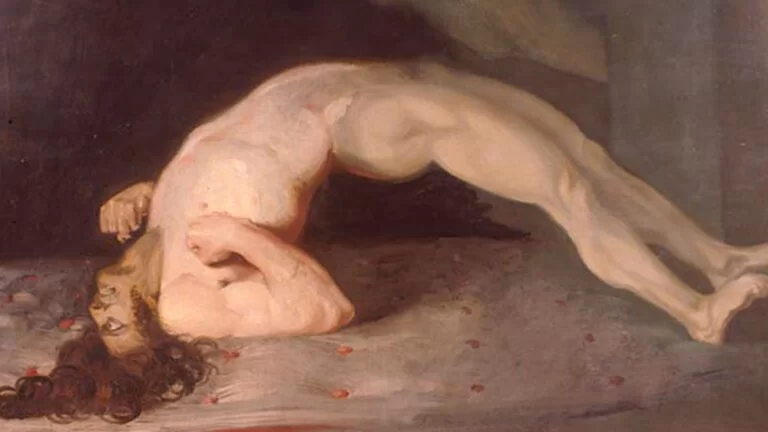
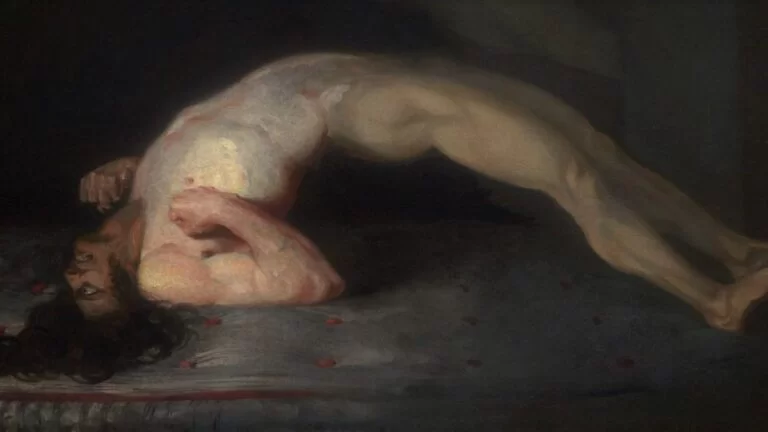

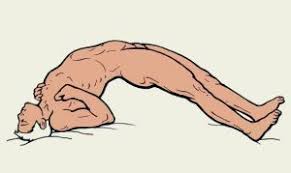
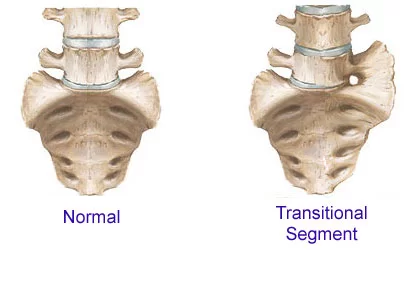
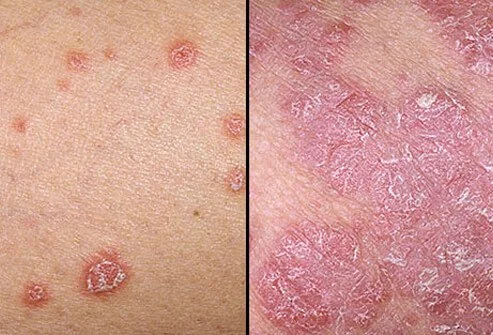
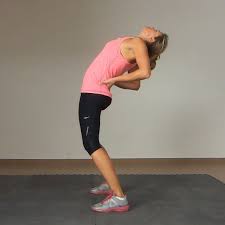

2 Comments